Why does thuja "Smaragd" turn yellow and what to do to save it?
Conifers can be a wonderful decoration of the site, if their condition allows them to look decorative. Unfortunately, the planted thuja often turns yellow. A whole complex of reasons leads to this. The problem may lie in improper fit, inappropriate care, lack of nutrition. The tree becomes weakened, easily affected by diseases and pests.
Thuja "Smaragd" turns yellow: reasons
This type of western thuja is considered unpretentious and quite suitable for growing in a summer cottage. The evergreen plant has a dense pyramidal crown. The needles are bright green in color. The tree looks great in a hedge and is suitable for individual planting. Life expectancy of thuja "Smaragd" is on average 120 years.
It is clear that the ephedra will survive to old age if the growing conditions are completely suitable for it. Yellowing of needles in the summer is one of the symptoms of trouble that cannot be ignored.
The needles turn yellow after planting
If the thuja began to turn yellow after planting, this is caused by a violation of the basic rules for planting a crop. It is enough to observe them, and everything will be fine with the tree:
- You cannot deepen the root collar of the thuja, it must remain at the same level as the seedling in the container. Deepening can provoke root rot, in such a situation the needles turn yellow and dry.
- An earthen lump near the roots must be preserved. Thuja is watered abundantly before planting in the ground, as a result, the soil does not crumble.
- The size of the planting hole should be 1.5 times the volume of the root system. If the roots have to break through in dense soil during growth, the plant will spend a lot of energy and weaken.
Variety "Smaragd" will grow well on any soil, giving 20 cm of growth per year. When choosing a landing site, you should stay in an area with moderate partial shade. In full shade, thuja will grow poorly and may even die. The bright sun can cause burns, in this case the needles look like they are covered with rust. The situation is aggravated at the end of winter and early spring, when the roots cannot yet obtain moisture to provide it to the awakened shoots.
Why do the tips of the shoots turn yellow?
In autumn and winter, the color of the thuja changes for natural reasons. The needles may turn yellowish or even brown. Often, with the arrival of autumn, the tips turn sharply yellow. Do not be afraid of this: changes are associated with temperature fluctuations. With the arrival of spring, the emerald color should return.
If the ends of the shoots turn yellow in spring or summer, it is most likely that the thuja is deficient in nutrients and lacks the strength to grow young shoots. If you do not apply top dressing, the plant will continue to turn yellow and stop developing.
Watering with liquid complex fertilizer for coniferous crops will help to quickly fill the lack of macro- and microelements.
Damage by diseases and pests
Weakened and young thuja can be affected by fungal diseases. In this case, the needles will turn yellow, the shoots will acquire a brown color.
At the first sign of the disease, the affected branches must be cut and burned. Then the whole tree is sprayed with a solution of "Fundazol" according to the instructions.
Pests can spoil the appearance of thuja. Culture is attacked by:
- thuja aphid;
- false shield;
- thuy bark beetle;
- leaf rollers;
- weevils;
- mealybug.
Pests suck the juices out of the plant, causing serious damage. It is imperative to fight against harmful insects.
Dust, lack of moisture
The dust easily clogs the scales on the thuja branches, and the tree begins to choke. This happens not only in urban settings, but also in the countryside.
Another reason for the yellowing of the needles can be a lack of moisture in the soil during the hot season. If the conifers are not watered, they will lose their decorative effect and will take a long time to recover.
What if thuja turns yellow?
The method of response depends on what exactly caused the problem. In each specific case, they influence the provoking factor:
- When planting in full shade or in the sun, it is best to immediately transplant the tree before it dies.
- If the root collar is deepened, there is no need to rush to transplant. You can try to shake off the ground from the stem and observe the plant.
- When the thuja "Smaragd" turns yellow due to the lack of trace elements, it is necessary to start applying fertilizers. In the first year after planting, the ephedra is fed 1–2 times. The tree will not absorb a large amount of fertilizer. You need to introduce complex mixtures for conifers, where all the elements necessary for the culture are present. Specialized drugs are produced by Florovit, Zhivaya Sila, Agricola, Bona Forte, Fertika, Pocon and other manufacturers.
- In case of a fungal infection, diseased branches are removed, and the branches themselves are treated with Fundazol.
- From pests, plantings are sprayed with "Karbofos". For prophylaxis purposes, Actellik and Rogor can be used.
- Dusty trees are washed with a stream of water from a hose. Sprinkling is liked by all varieties of tui. It can be combined with watering. In summer, soil irrigation should be carried out once a week. In spring and autumn, thuja are watered once a month.
- To avoid early spring burns, at the end of winter or at the beginning of March, trees are covered on the south side with light agromaterial or burlap. It is impossible to tightly wrap the thuja with a cloth, so as not to disrupt the air circulation in the crown.
In addition to these measures, the care of thuja "Smaragd" should include spraying in the heat, cleaning the soil in the near-trunk circle. It is necessary to regularly remove weeds, periodically shallow the soil. Mulching the soil with peat and tree bark will help facilitate maintenance. Periodically, sanitary pruning should be carried out, ridding the tree of dry shoots, manipulating with a sharp pruner.
Thus, the yellowing of thuja can have many reasons. To save your favorite plant, it is worth checking whether all the rules of agricultural technology are followed, whether the tree has been attacked by pests, whether it has been damaged by a fungus.
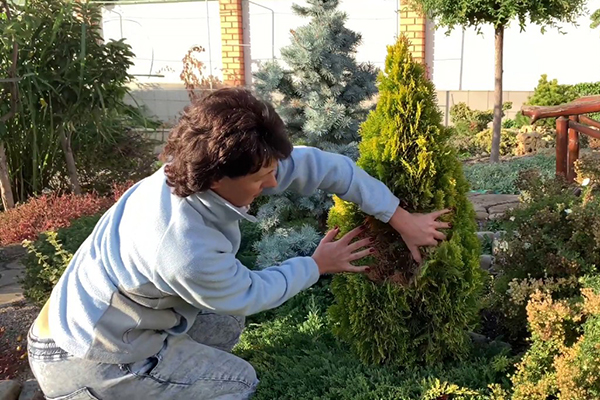
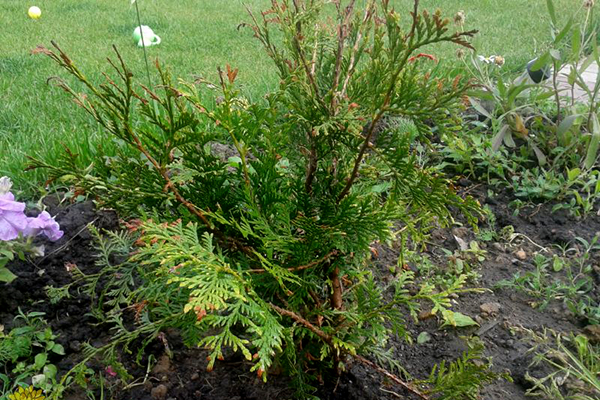
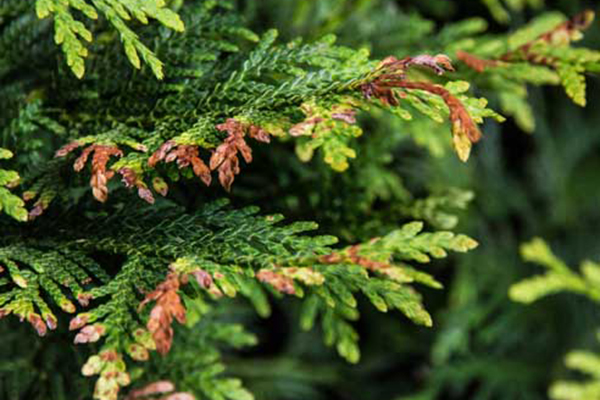
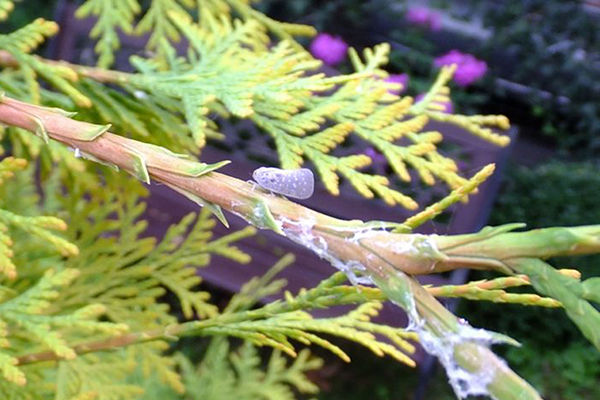
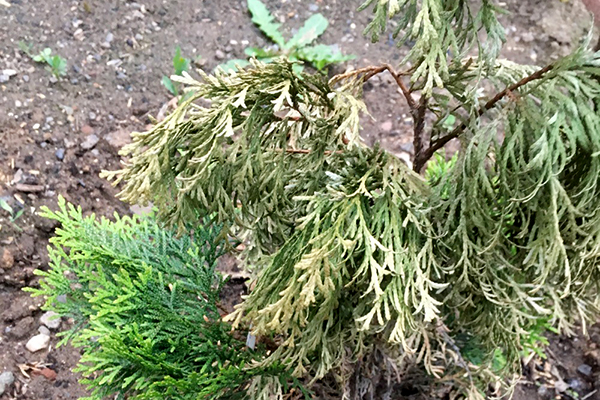
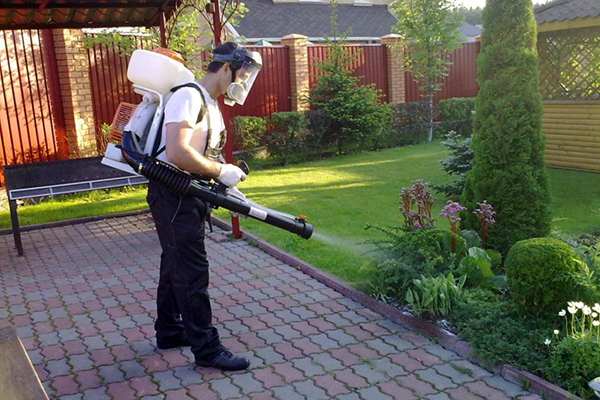
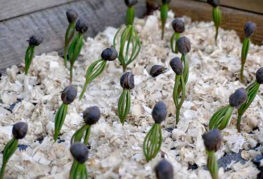
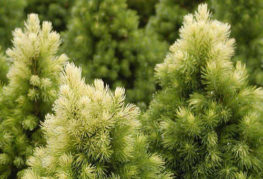
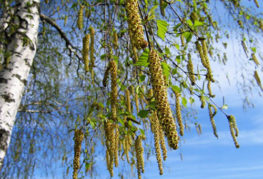
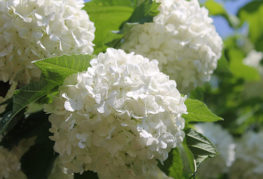
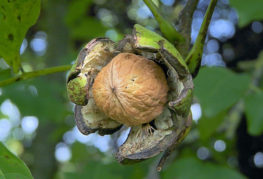
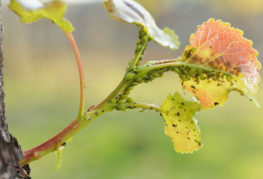
and will be published shortly.